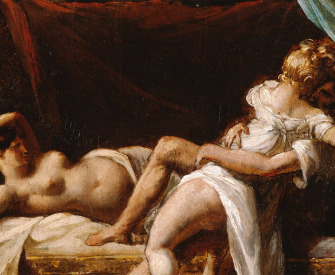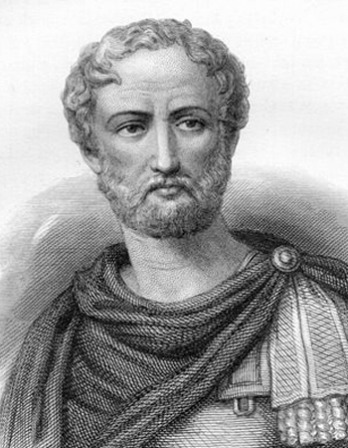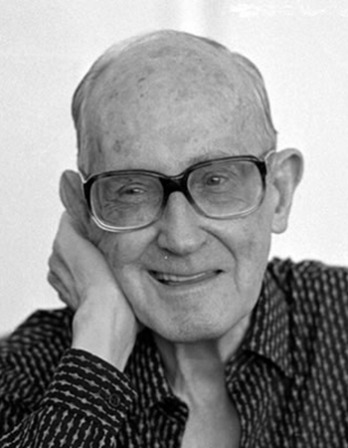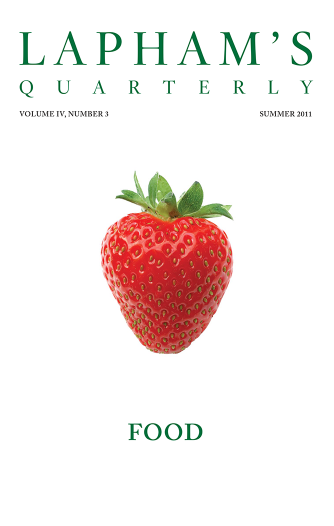October 19
There are an astonishing number of people painting. Children, old people, numerous housewives, invalids, people taking analysis or psychotherapy, war veterans, confessed amateurs, a vast horde on the fringes of the professional art world—who would be professionals if they could make it—and finally a vast number of artists who can claim that designation because, for better or worse, rewarded by success or failure, in poverty or riches, they intend to establish their life on the quicksands of painting, and a vast horde of students who will mostly join the ranks of the amateurs, but many of whom will fill out the ranks of the professionals. Why painting? How many amateurs, housewives, or patients, ever turn to composition of music? I know of none. I imagine some write poetry, but very few by comparison with painting, and even sculpture and graphics attract incomparably smaller numbers. Only those playing some instrument might equal or surpass the number painting, but one would expect that in a performing art. And perhaps this word “performing” introduces a clue. I am reminded of the circles of people that gather everywhere to watch the sidewalk artist. Whether he sketches portraits from life, or is a specialist in Scottish terriers, what the spectators admire has nothing to do with art, but everything with performance: even costume plays a role (beard, beret, smock). In varying degrees this holds true all the way up to the admiration of the truly national artist Norman Rockwell. To the average person the imitation of an object on a two-dimensional ground is magical, and the performance an act of pure magic. I have watched these crowds watching the sidewalk artist, how they gasp when the artist with a smudge and a lightening short line reveals the nostril, or the inside corner of the eye, or the shaggy coat of the Scottie. Likeness is highly valued, but often the customer gladly pays for the sketch, even if the likeness is remote, because of his admiration of the artist’s skill. And without question skill is the ingredient of art that the unsophisticated and the provincial admire most, if indeed it is not the only ingredient. And where a question of skill is involved, there exists also the challenge, “Can I do it?” And the next step is to try it, and the next step after that is the triumphant discovery that indeed they can. Not so good of course as the sidewalk artist they admired, but a good beginning. With a little time and effort they could become nearly as good.
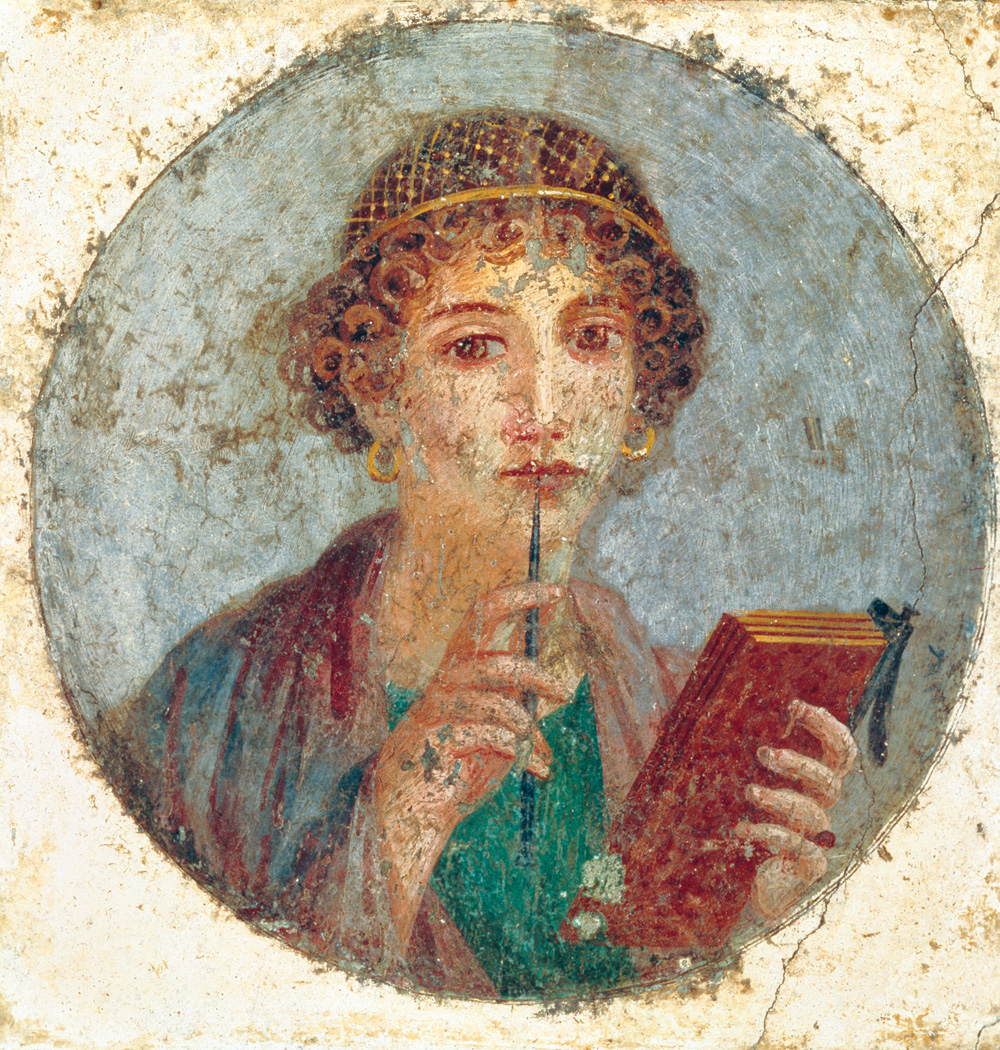
Poet, thought to be Sappho, fresco, Pompeii, c. 50. National Archaeological Museum, Naples, Italy.
And what about abstract art then? I admit it’s further removed from the innocence of the circle around the sidewalk artist, but not as far as one would imagine at first glance. The thought sequence goes something like this. This X everybody admires so much, whose reproductions appear so often in Art News, what is there to making pictures like that? Just a rectangle or two, or some strokes and wriggles of color—it cannot be very difficult. I could certainly do something like that. Sure enough they try it, and it’s not, somehow, as good as that reproduction in Art News, but it’s a good beginning. With a little time and effort they should be nearly as good. Again, skill, the “how to do it,” is the main challenge to the untalented person. And if one points out that skill is often a considerable challenge to the talented person also, it is still beside the point I am making—that for the untalented person skill, the how to do it, is the main challenge and perhaps the only challenge, because possibly they see nothing else in a work of art beside skill. Even where a picture tells a story like in Andrew Wyeth, it is not so much the story that fascinates them and arouses their enthusiasm but the skill of presentation and performance. On the other hand, wherever they are quick to discover what seems like lack of skill, the whole of the picture is dismissed, as the early dismissal of the work of Cézanne, Van Gogh, Matisse, or Picasso indicates. And if someone convinces them that these artists are not lacking in skill then the next suspicion generated in them is that the artist is a charlatan deliberately perpetrating a hoax. The last thing then that can possibly occur to them is that they lack the eyes of the body or the eyes of the imagination with which to look at painting. And the word “painting” presents us with another clue as to what is involved. Pictorial art is certainly the true magical art of the masses, but painting, when it does not exist frankly on the level of decoration, as wallpaper or colored drapes do, requires a different sensibility from pictorial art for appreciation. All the more so since without education the innocent eye will look at every painting, however abstract, for a picture. It accounts for the fact that the masses can “appreciate” a Rembrandt or a Titian and never see the painting. Even some highly touted critics and connoisseurs can be found in such company.
The educated and generally cultured person, who is as much addicted to pictorial art as the masses, and as innocent of plastic art, has an especially hard time with painting. Because he has faith in his education and culture it seems incredible to him that there is something beyond the pictorial that he is blind to. And such an educated, cultured, and blind person makes the familiar enraged critic, the poor critic, for whom the artists live, merely to pull the wool over his eyes.
© 2009 by Hermine Ford and Helen Tworkov. Used with permission of Yale University Press.
From his diary. The Abstract-Expressionist painter was a founding member of the Eighth Street Club, an arts group that in the 1950s promoted the work of, among others, William Baziotes, Philip Guston, Franz Kline, and Ad Reinhart. Named chairman of the Art Department at the Yale School of Art and Architecture in 1963, Tworkov died at the age of eighty-two in 1982.
Back to Issue


